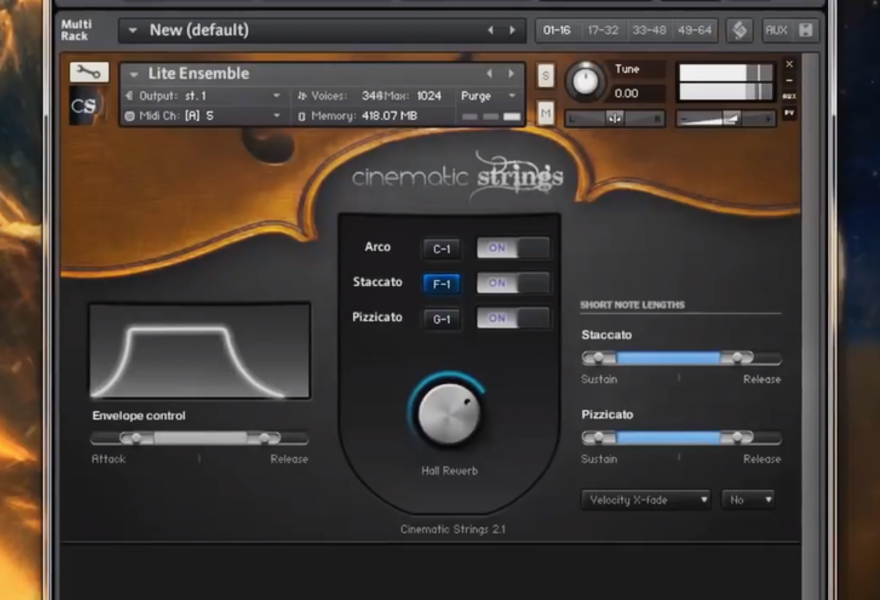
The only thing I'd suggest is to confine your volume moves to one control (i.e., CC#7) and not get tangled up trying to also use CC#11 at the same time.Two competitively priced string libraries, one of ensemble players and the other of solo players have more than their attractive price going for them.Ĭinematic Studio Strings and Cinematic Studio Solo Strings ($399 USD and $299 USD respectively at ) are two new libraries from the makers of Cinematic Strings (which I reviewed for SoundBytes in 2014). You should do whatever you feel you need to do to get the dynamic arc of your phrases to speak the way you want them too. So I'd suggest leaving CC#11 alone and ride your volume levels with CC#7. So just because CC1 provides a timbral dynamic range of ("whatever") doesn't mean that you shouldn't also enhance that dynamic range by riding CC#7 as needed.ĬC#11 controls the internal volume of CS2 and doesn't influence timbre in any way. While CS2 sounds very natural, there's nothing natural about using it or any other sample library. If your starting point for volume is -10 dB (just an arbitrary value I'm using for example), then you can ride the gain with CC#7 from -10 to +6 dB! That latitude will definitely help you achieve a greater overall sense of dynamics than just riding CC1 by itself. Absolutely! CC#7 will, of course, control the fader on the instrument's channel strip.




Additionally, you can ride CC2 - which controls vibrato - on the arco sound to provide a heightened sense of emotional intensity (which sometimes translates to an increase in dynamics).īut when the overall dynamic range of CC1 going from pp to ff isn't enough, by all means use CC#7 to give you a greater dynamic range. They've done a pretty nice job of transitioning the range of pp through ff timbres with CC1. For the arco, trills, and trem articulations, velocity doesn't influence dynamics so CC1 should be your first choice for controlling dynamics.


 0 kommentar(er)
0 kommentar(er)
